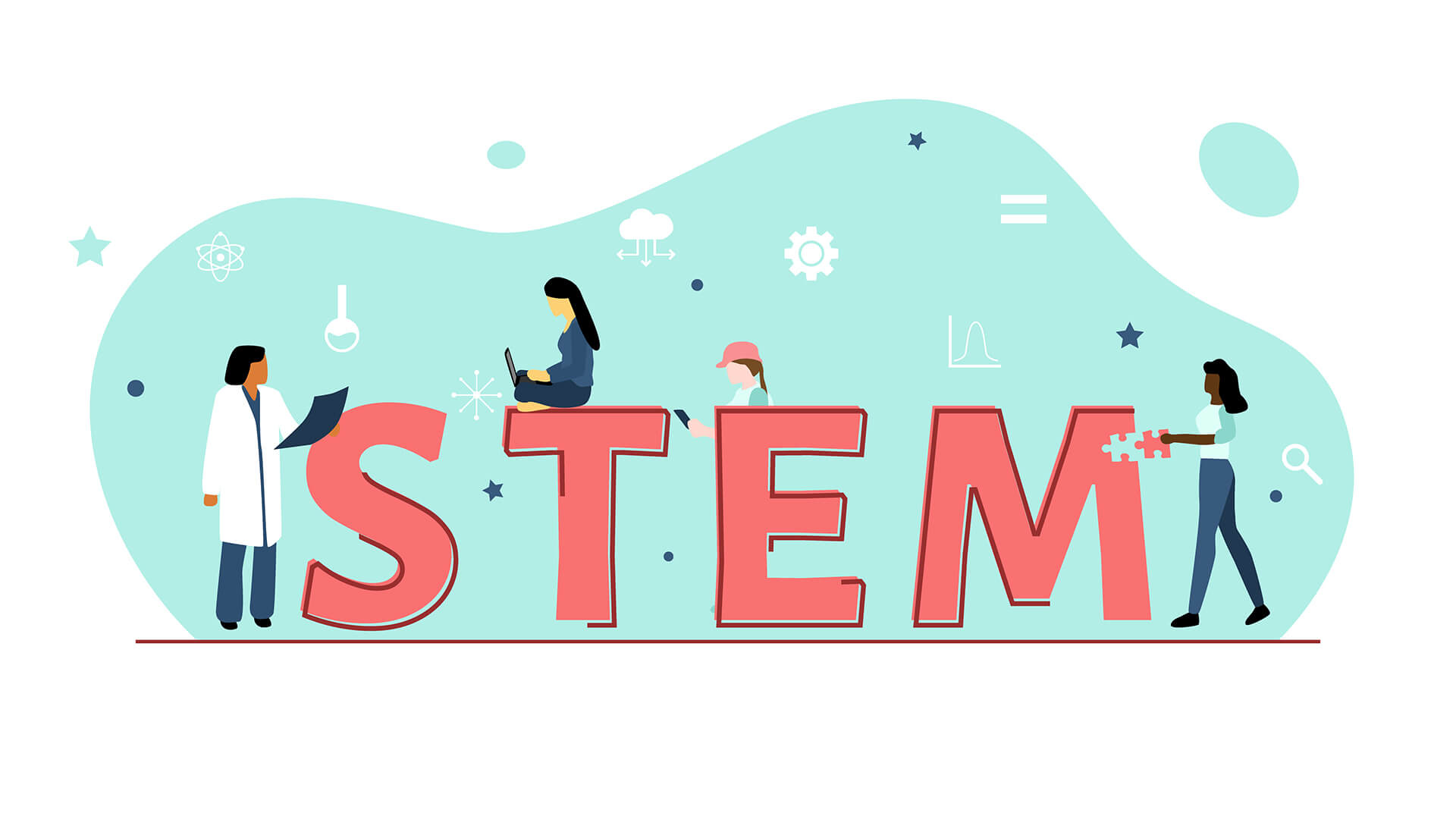
The existing literature helps us to understand the barriers women face entering the workforce, however, little research sheds light on which factors influence retention once their careers begin. What happens to women who are successful in their tertiary education endeavours, and yet leave their desired profession?

Among these insights, one resonated highly with the experiences of the authors of this paper: “When it comes to transition into a STEM occupation, fewer than one in three STEM university commencers go into a STEM occupation, and for women in STEM the transition rate is even lower, at one in four” (McMillan et al., 2021, p. 431).Ī recent report commissioned by the National Centre for Student Equity in Higher Education drawing on data from Longitudinal Surveys of Australian Youth offers new insights into STEM pathways for young people as they progress from school, through tertiary education and into the workforce (McMillan et al., 2021). Regardless of the different views on the problem, there is a broad body of literature relating to women’s participation in STEM, however, much of this literature centres on issues of access and retention at a school or tertiary level, as most research “has focused on educational issues and academic women” as opposed to women in the STEM workforce (Fassinger and Asay, 2006, p. Other conceptualisations of this problem, encapsulating the loss of women across multiple pathways into and out of STEM, have been suggested as an alternative to the singular ‘leaky pipeline’ metaphor (Miller and Wai, 2015). Many attempts have been made to “fix” what has been perhaps problematically labelled as a “leaky pipeline”-that is, the large number of women who do not remain in STEM university programs or STEM careers (Blickenstaff, 2005, p. The task of attracting women to, and then retaining them in STEM, is well documented. Based on what we have learnt from their accounts, we argue that these women have ‘survived’ their work environments despite structural barriers, only due to their determination, resilience and fervent interest.

Our interviews also unearth issues in which women’s opinions are fiercely divided, such as whether positive discrimination has been a barrier or an enabler for their careers. Our data reveals that resilience and determination proved vital for these women, as did a strong early interest in STEM.

While these journeys are often quite different, our interviewees independently reported having experienced similar societal prejudices and possessing similar personality traits. Through the qualitative analysis of 25 interviews, we learn what women have endured, accepted, and valued on their individual STEM journeys. In this article, we take a different stance and explore the heterogeneous experiences of female STEM professionals in regional Australia. A significant corpus of literature on female underrepresentation has emerged in the past 20 years, however, many of those studies focus on educational access and retention and not many look at the lived experiences of women after they have left higher education. The number of women employed in STEM in Australia is increasing, however, they continue to remain underrepresented in most industries.


 0 kommentar(er)
0 kommentar(er)
